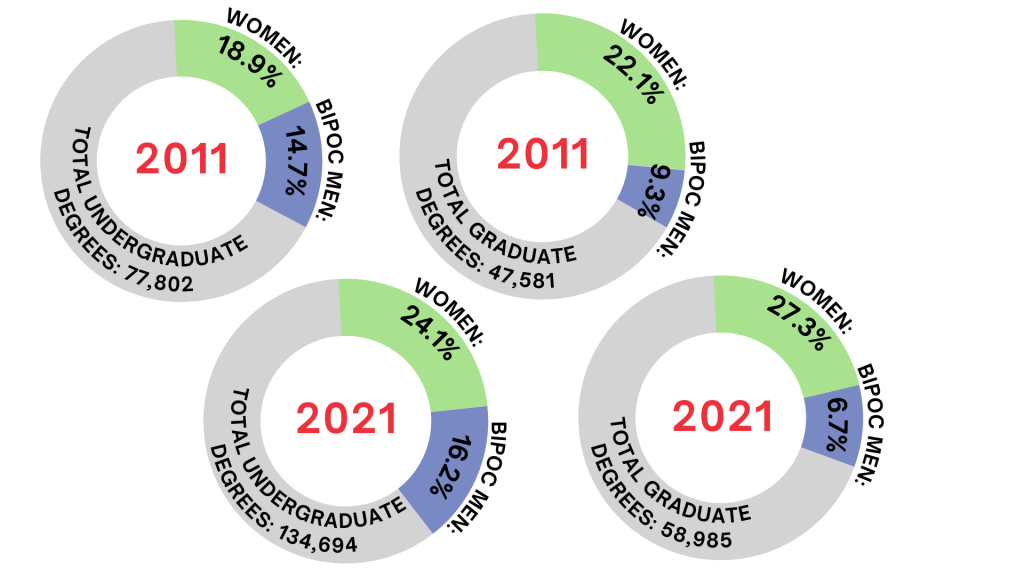Backbone
The Backbone provides oversight of the research, data and evaluation of the validity of the underlying Engineering PLUS hypothesis, goals and strategies. Leadership and communication are key elements of the Engineering PLUS Backbone operation. The backbone team works very closely with the other strategies.
